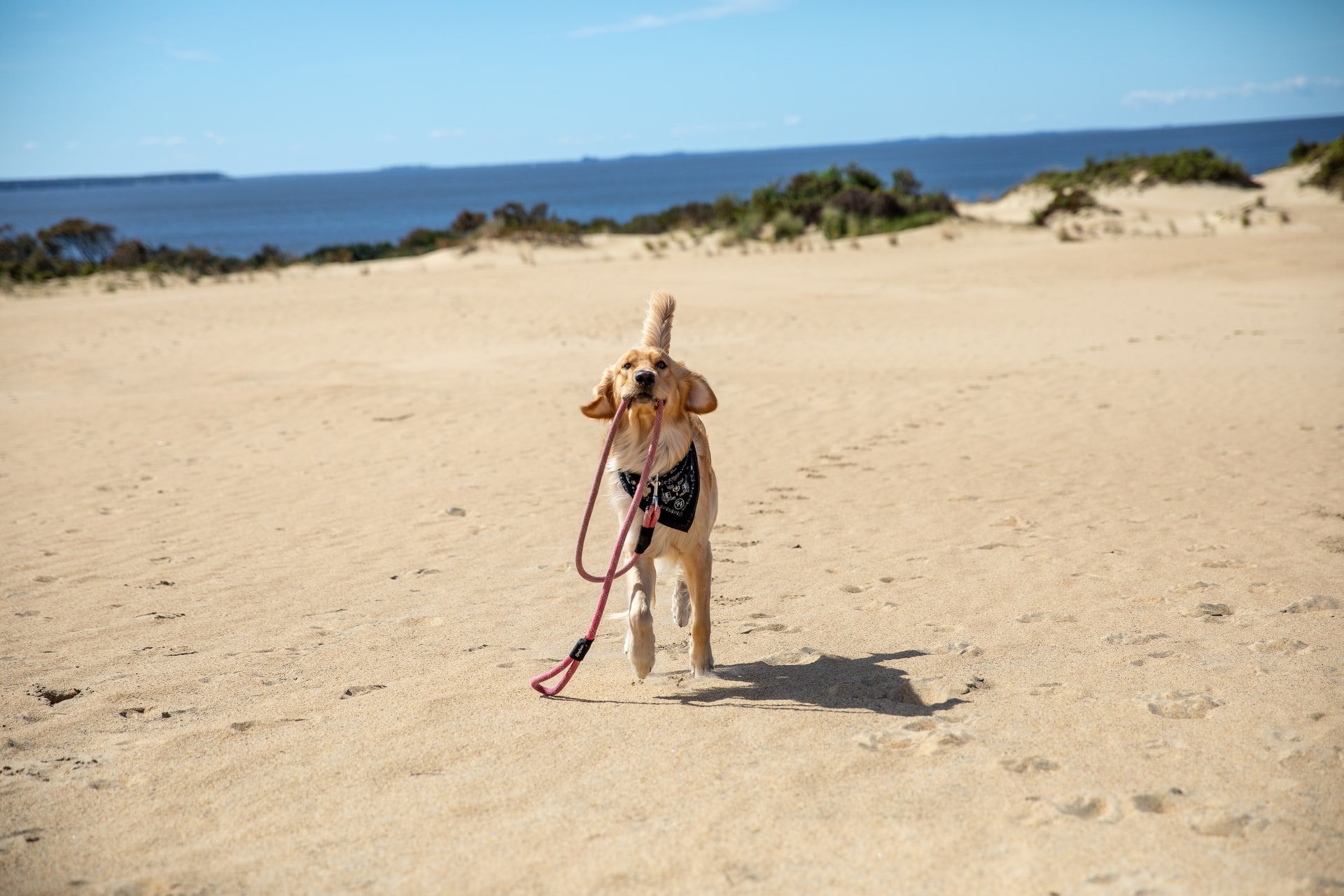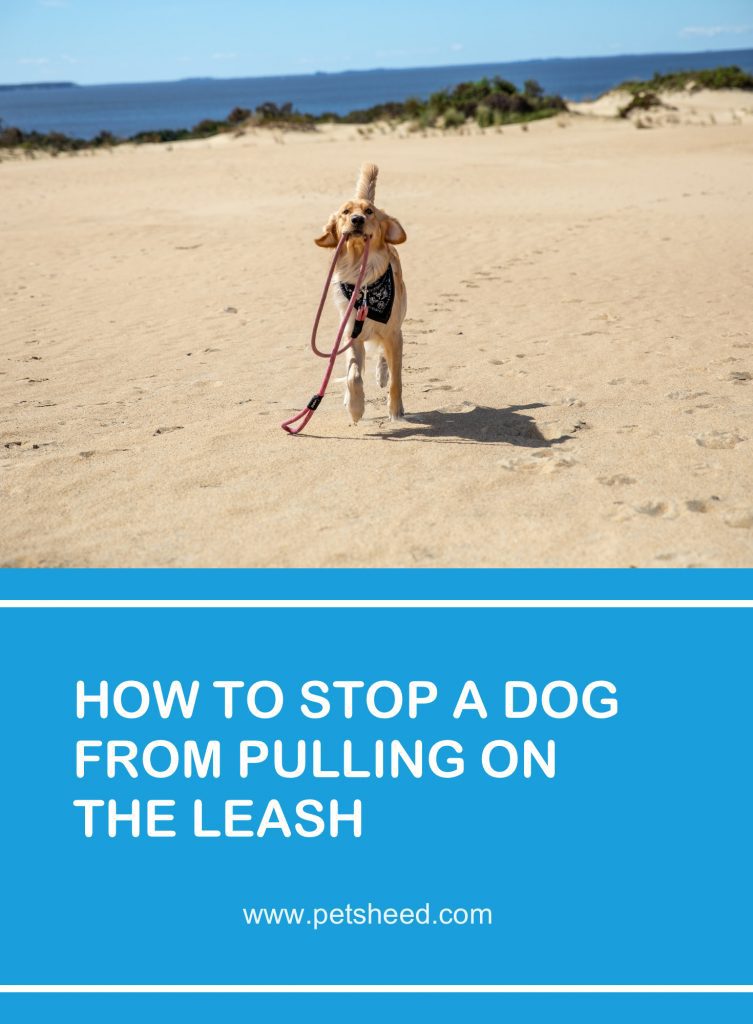If there’s one thing I jealous of at the park it’s seeing dogs that walk well by their owner’s side. Is another dog becoming up? The dog doesn’t look to notice. But a few years after, I finally found some tips that helped. After seeing and listening to everything I could discover on the subject I noticed some techniques that worked. In this article, we’ll go over why dogs pull, techniques to stop the pulling, and why flexibility is key. There are some tips that I stopped my dog from pulling on the leash.
Why Dogs Pull on Leash
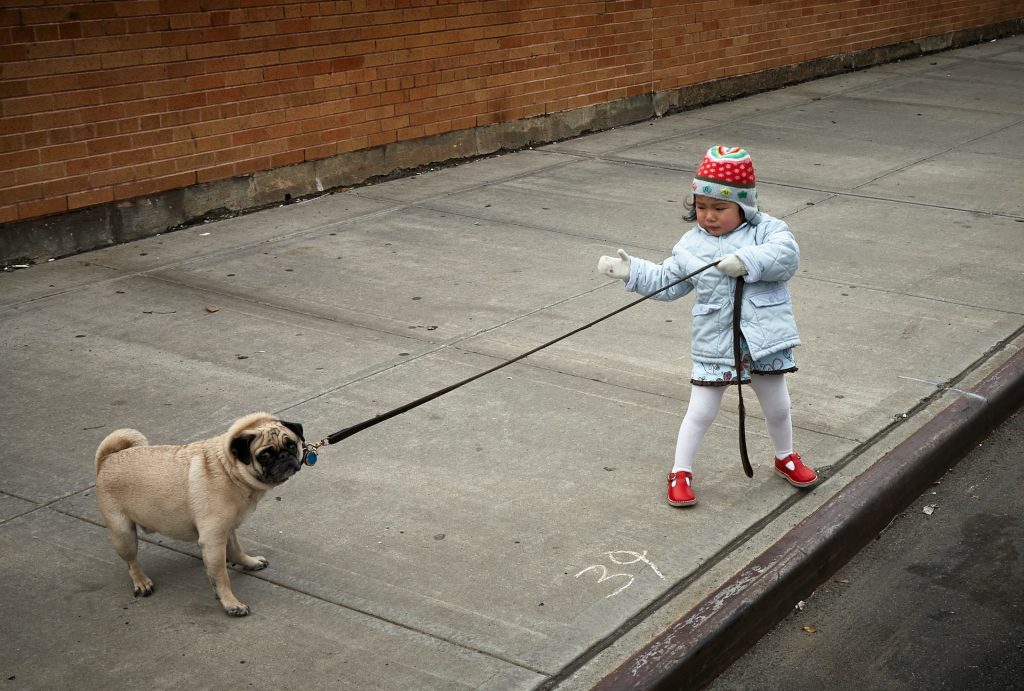
Before diving into the techniques that can stop your dog from pulling on the leash let’s take a quick look at why dogs pull, to begin with.
As with many other behaviors knowing why dogs pull the leash on the leash, to begin with, and how many of us accidentally encourage it, can make controlling the behavior easier.
Dogs pull on the leash because it’s simple canine behavior. Is it desirable? No, but it is natural to them. Pulling gets them wherever they want to go, and it takes them there at their movement. Others don’t pull because they’re trying to be dominant, they do it because it works. In another way, if you’re behind your dog on sidewalks and they’re pulling you’re training them to pull even harder. That pulling is remaining rewarded because it keeps them moving forward and going where they want to go.
It should be difficult to stop your dog from pulling on the leash on a daily basis. Since they are accustomed to moving forward while pulling, and a dog born is to oppose power. But if you’re consistent you can stop that habit, and over time you can put an end to all that pulling by giving your dog that walking by your side is much more rewarding.
Not All Techniques Will Work Correctly For Every Dog
If there’s one thing you need to know before you begin any kind of training it’s that not every technique will work for every dog. So if you reading on a loose leash pulling in the past but didn’t see any outcome, you’re not alone.
Much of dog training is about finding what motivates your dog and building on that. For Betty, I stuck with techniques that offered good purposes for my dog — ones that included lots of yummy treats and toys as motivation.
Have you ever listened to the be a tree tip? It works like this — when your dog starts to pull on a walk you stop and standstill. The approach is that your dog will learn that pulling means you’re gonna pause the walk, then he won’t pull anymore.
What happened when I tried it with my nervous dog who was already used to pulling on the leash? She yanked even harder to get where she needed to go, and she was frustrated when I didn’t walk. At best she’d wait at the end of the leash looking forward, and sometimes she’d stop for a while but as soon as we started moving again she was right back to pull.
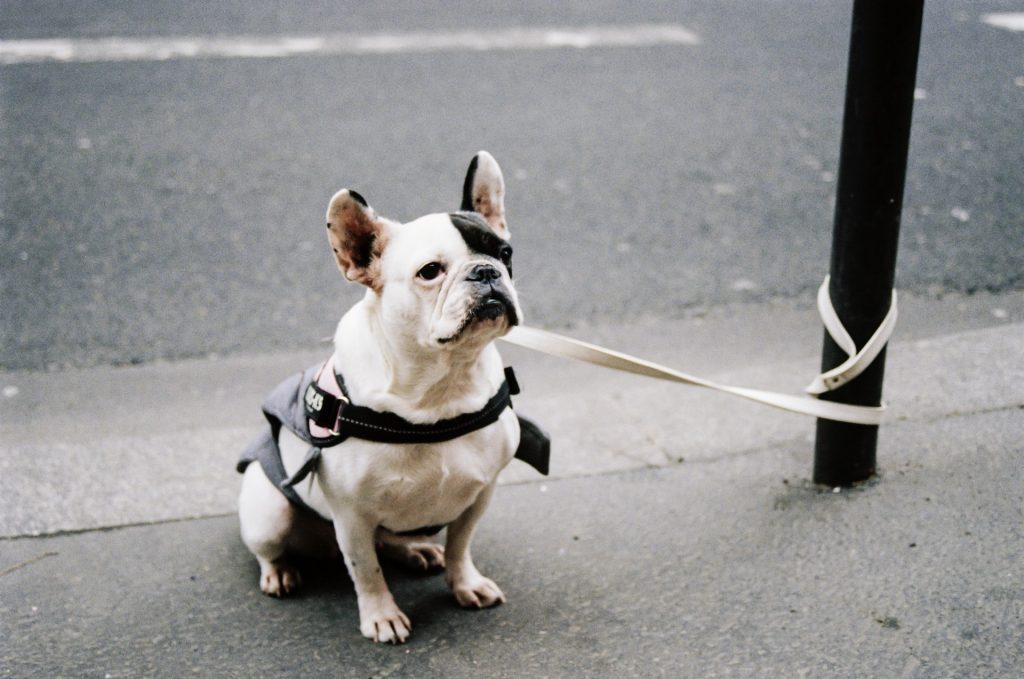
So what would you do next?
Now this isn’t to say that be a tree doesn’t work great for some dogs; I’ve seen it work. It just didn’t work great for my dog, and might not be the best technique if you have a dog that’s been pulling for a long time.
If it comes to training your dog to walk correctly on the leash you should know that — not all techniques work absolutely for every dog. Don’t get discouraged if one single technique doesn’t work with your dog. Part of dog training is figuring out what causes your dog, and keep moving on that.
Pick One Walking Technique and Stick With It
the first way for training your dog not to pull on the leash is choosing one walking technique and being consistent.
Do you need your dog to walk on your left side, right side, or any steps behind? Pick your preference and stay consistent. If you need your dog usually stick to your left side make sure everyone who steps him sticks to
Begin in a Non Exciting Area
When it comes to training your dog how to walk correctly on a leash one thing you want to avoid is setting them up to fail. It’s important to use a non-exciting are
If you make your dog busy at the park before they’ve learned good leash behavior and proper self-control, they’ll be far too nervous and animated to pay attention and learn something. All the fun sounds, smells, and sights — and, of course, squirrels — would be much too much for them. Do not set your dog up to disappoint like that. Start by training your dog on how to walk correctly in a calm area and build from there.
The Cheater Technique: Practicing a Front Clip Harness
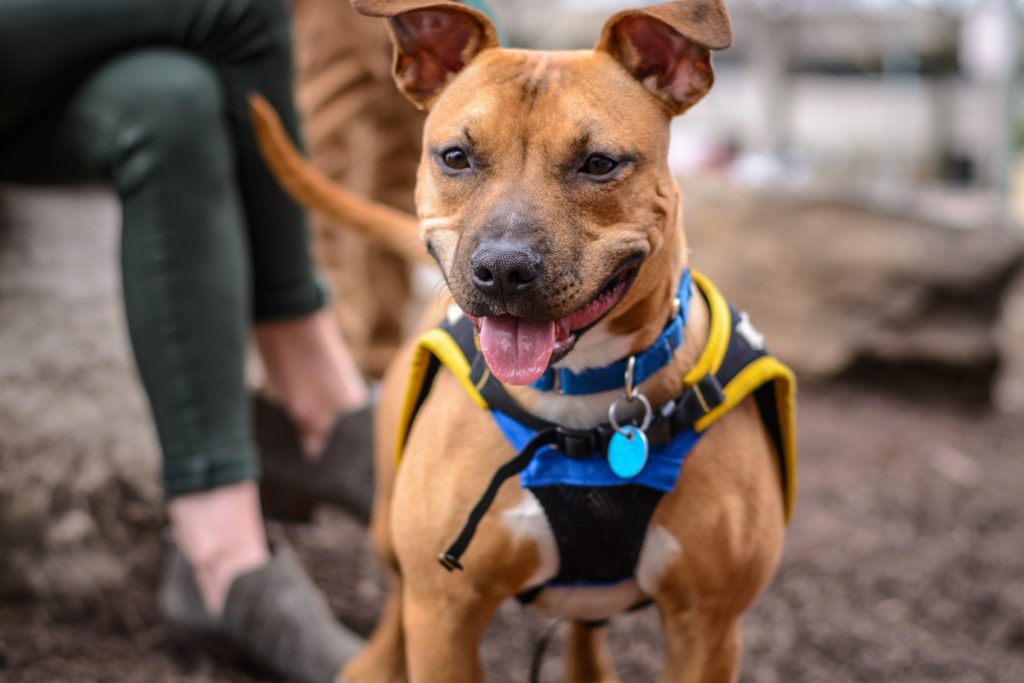
My favorite technique when it comes to training your dog not to pull on the leash is one I call the cheater technique — practicing a front clip harness. The best part is front-clip harnesses are easy to use; the hardest part is figuring out how difficult it to put them on the first couple of times.
I have zero regrets about getting a front clip harness years ago it’s one of the tools I wish I’d had from the very beginning. I’ve never seen a singular piece of equipment have such an immediate impact on walks. Practicing a front clip harness is one of my favorite dog walking techniques for that very reason; it’s the best simple way to help “reset” your dog’s leash behavior if you haven’t been using one.
From the moment you begin your new harness keep up the recommendation as your dog walks correctly. Your dog will start to connect the harness with loose leash walking.
Many police K9s also used this method. They have different collars that they wear depending on the tasks. With a fast turn of their neck, they are put in a new mentality, and they know exactly what is expected of them.
I had been using a common leash and collar prior to using the belt, and Betty had grown accustomed to pulling.
Use Approaches to Encourage Your Dog to Follow You
Whatever technique you end up using to keep your dog from pulling on the leash the most important thing to remember is that you have to keep your dog motivated.
When teaching your dog to walk on a leash, remember to use treats or toys if your dog is more play motivated to motivate them to follow you.
Recommended Reading
- 10 Effective Dog Training Tips
- 10 Simple Step Make Your Dog active Walking
- 10 Tips for Dog Walking Everyone Should Know

